 We get asked a LOT what the difference is between white tea and black tea, herbal tea and green tea, and so on. The world of tea is mysterious and a lot of you want to learn more, so let's start with the basics!
We get asked a LOT what the difference is between white tea and black tea, herbal tea and green tea, and so on. The world of tea is mysterious and a lot of you want to learn more, so let's start with the basics!True tea comes from the Camellia Sinensis plant. Always. Any infusion made from the leaf, stem, root or whatever other part of any other plant falls into the "tisane" category, also known as "herbal tea." Those are a whole tasty world absolutely worth your time and attention, but today we're focusing on true teas.
There are six basic types of true tea, delineated by the level of oxidation allowed to occur in the leaf during processing. After picking, tea leaves frequently go through a process of bruising, withering, heating, and drying. (I say frequently because the world of tea is so vast and varied, every facet of the end product is up for flux. How much caffeine? What does it taste like? Is it smooth or brash? The answer is always "it depends!")
To understand the difference between the six true types of tea (white, yellow, green, oolong, black, post-fermented), you first need to understand the withering process, also known as oxidation. You know how an apple turns brown when you bite into it and then leave it out for a bit? That's due to oxygen getting into the flesh and causing a chemical reaction. The same is true for leaves! When we talk about oxidation in tea, we mean the chemical reaction inside the cells of the leaf after they are bruised up and left to wither.
White (0% oxidation)
The simplest style of tea processing. White tea is just picked and dried. Boom. That's it. No bruising or oxidation here, just good ol' fashioned dried leaves. They can be steamed, toasted, sun-dried (the most common style), all of which will alter the flavor of the final product. The most common pure white tea is called Bai Mu Tan (aka Pai Mu Tan, aka White Peony).
Yellow (1-4% oxidation, plus "sealed yellowing" process)
This style of tea is the most rare, and most people here in the United States seem not to have heard of it! Yellow teas tend to be buttery and rich with complex flavors. They are a bit on the sweeter side, which is the result of three factors: the very light oxidation level (between a white and a green tea), the tippy pick of the leaf (yellows are only made with delicate new baby growth, very smooth and complex), and the "sealed yellowing" process, which involves smothering the leaf during oxidation to slow the reaction and pull out sweeter flavor.
Green (5-10% oxidation)
The category of green teas carries a surprising amount of flavor and body variety, considering its small oxidation range. Green teas are oxidized to 5-10% of possible oxygen saturation, then heated to stop the leaf from further withering. Depending on whether the heat source is pan toasting (like Dragonwell), steaming (like Sencha), oven roasting (like Houjicha), or even smoking (like Lapsang Souchong), the flavor can be wildly different from one green tea to the next. The only hard and fast rule when processing a green tea leaf is the oxidation range.
Oolong (11-99% oxidation)
Speaking of oxidation ranges, let's talk Oolong. Yowza. An oolong tea can be withered anywhere between 11% and 99% of potential leaf oxygen saturation. That's so bonkers, I genuinely think this was the dump stat category when tea classifications were being invented. "Ok, sure, everything else can go in this box. We'll call it Oolong. Whatever."
Seriously though, oolongs are a pretty wild world. There's something about this range of oxidation that lends itself particularly well to a shift in flavor profile across multiple infusions, so oolongs are best enjoyed over 5, 10, 15 steepings. Yes, that means just putting new water over the same ol' leaves over and over until you are no longer enjoying yourself or just literally cannot consume any more fluids. Whatever floats your boat.
Like green teas, oolongs can be roasted, steamed, pan-toasted, etc. Unlike green teas, oolongs have an added level of complexity and variation due to their oxidation range. You can enjoy anything from a light oxidation steamed rolled leaf (like Ti Kwan Yin) to a mid-oxidation sun-dried wiry leaf (like Father Zambezi's Mission) to a dark oxidation oven roasted twisted leaf (like Lao Cong). The only limit is the processor's imagination! Well, that and the 11-99% defined oxidation range.
Black (100% oxidation)
Once our leaf has reached 100% of possible oxygen saturation, we have arrived in the world of black teas. Fully withered leaf is sun-dried or tossed into what amounts to an oversized clothes drier to tumble dry. Despite the relatively more simple process they go through (especially when compared to yellow and oolong teas), the difference between black teas still covers a wide range of flavor preferences. The most noticeable changes in flavor characteristics stem from the altitude at which the leaf was grown (high altitude, like our Darjeeling, contributes to more delicate and floral notes, while lower altitude, like an Assam region tea, tend to be more malt-forward and full-bodied), as well as the cultivar used (honey-noted golden tips on a Golden Monkey taste different from a cherry-floral Colombian Black Leaf, for example).
Post-Fermented (aka hei-cha or dark tea, can be any level oxidation)
The sixth category of true teas takes us on a little detour, as it is classified outside of oxidation level. This is where we move from discussing oxidation to talking about fermentation. Some people will use those terms interchangeably (typically a regional/translation word choice thing), but oxidation and fermentation are really two different games. While oxidation has to do with the amount of oxygen saturation inside the tea leaf, fermentation refers to the aging of the tea after its desired oxidation level has been reached. You may have heard of this family of tea referred to as "pu-erh," but that's more accurately considered one style of hei-cha rather than the name of the category itself. There's more to post-fermented teas than pu-erhs, as tasty as they are!
Teas can be either left untreated, or treated with a fungal or bacterial culture (like cheese!) and left to age in a cave, cask, basement, library, or wherever the producer feels will contribute the best flavor. Wine, cheese and tea concepts overlap in this category a lot. Hei-chas are more art than science, and will be tested occasionally over time until the desired flavor has been achieved. It's not uncommon for people to hold on to their hei-chas for decades, rationing out special anniversary cakes* or even just a particularly good vintage. There are two main categories of post-fermented teas: Sheng and Shou.
Sheng (raw) teas are typically left pretty green and allowed to age very slowly over time with little interference. These frequently feature more mineral-forward and astringent notes. Sheng teas prefer short infusions, but can be re-infused about a squillion times over. They share this characteristic with oolong teas.
Shou (cooked) teas have been treated with heat and moisture and kept under blankets to speed up the aging process. This is essentially force-composting, which mellows out and darkens the bright mineral notes I mentioned a minute ago. Shou teas tend to be much more forgiving for long infusions and will rarely go bitter. They also lend themselves well to many infusions in a session, and taste like rich soil and old, dead trees. Yummy!
Again, the world of tea is vast and ever-changing, so take these concepts out into your tastings and experience for yourself! There's so much more than I can cover in a single blog post. For more info, drop your questions in the comments and I'll respond in future posts. Happy sipping!
xoxo,
Friday
*I see you, Dawsons! <3
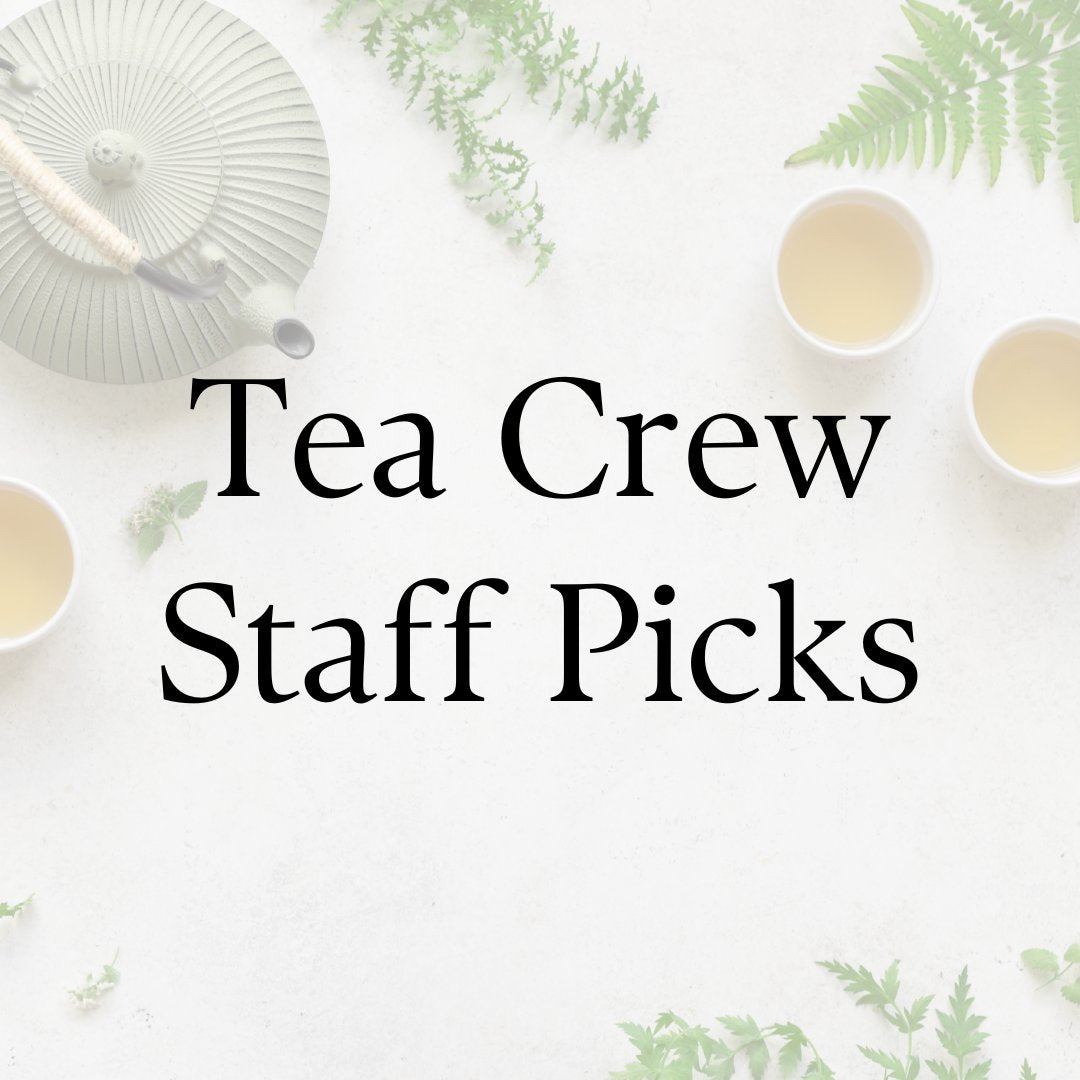
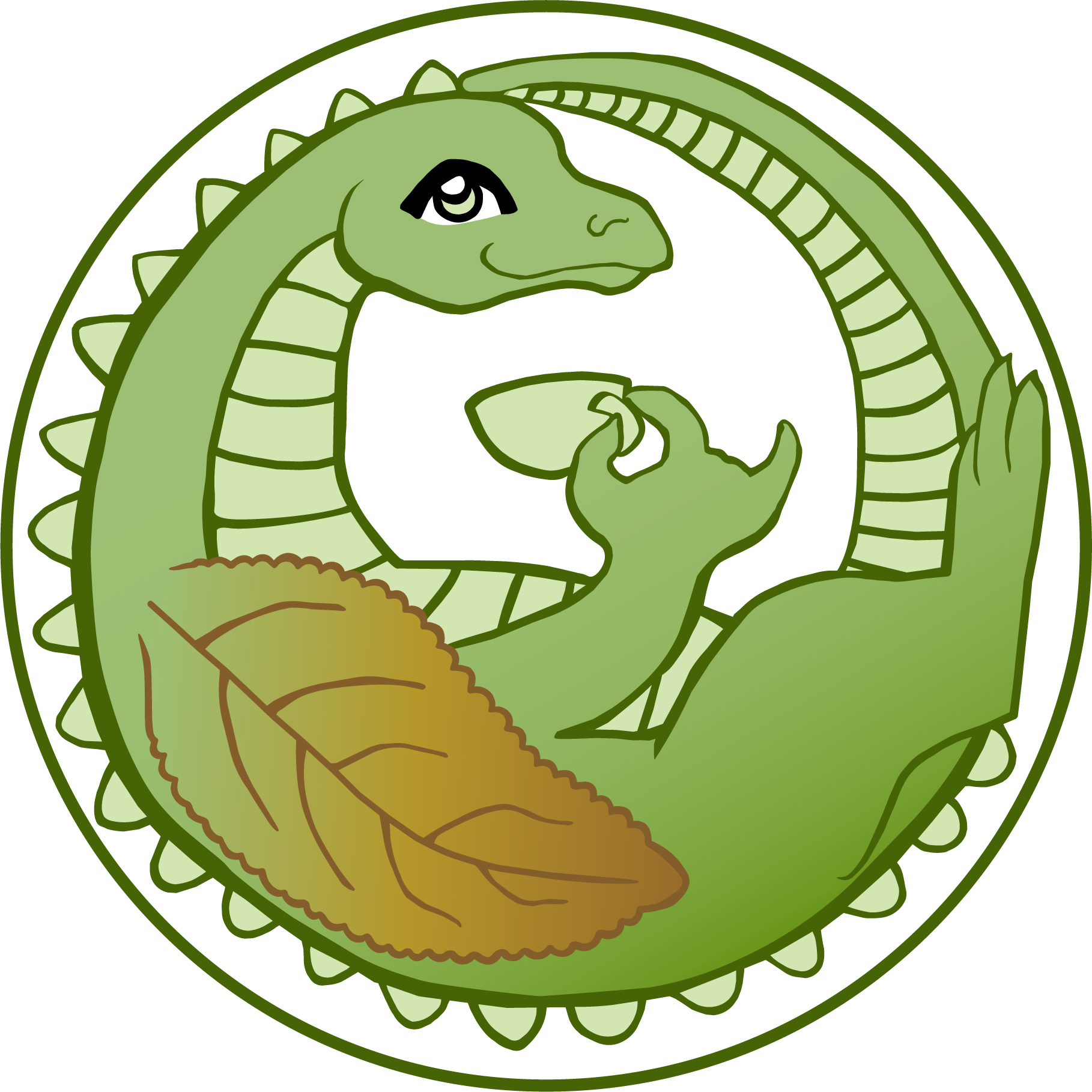
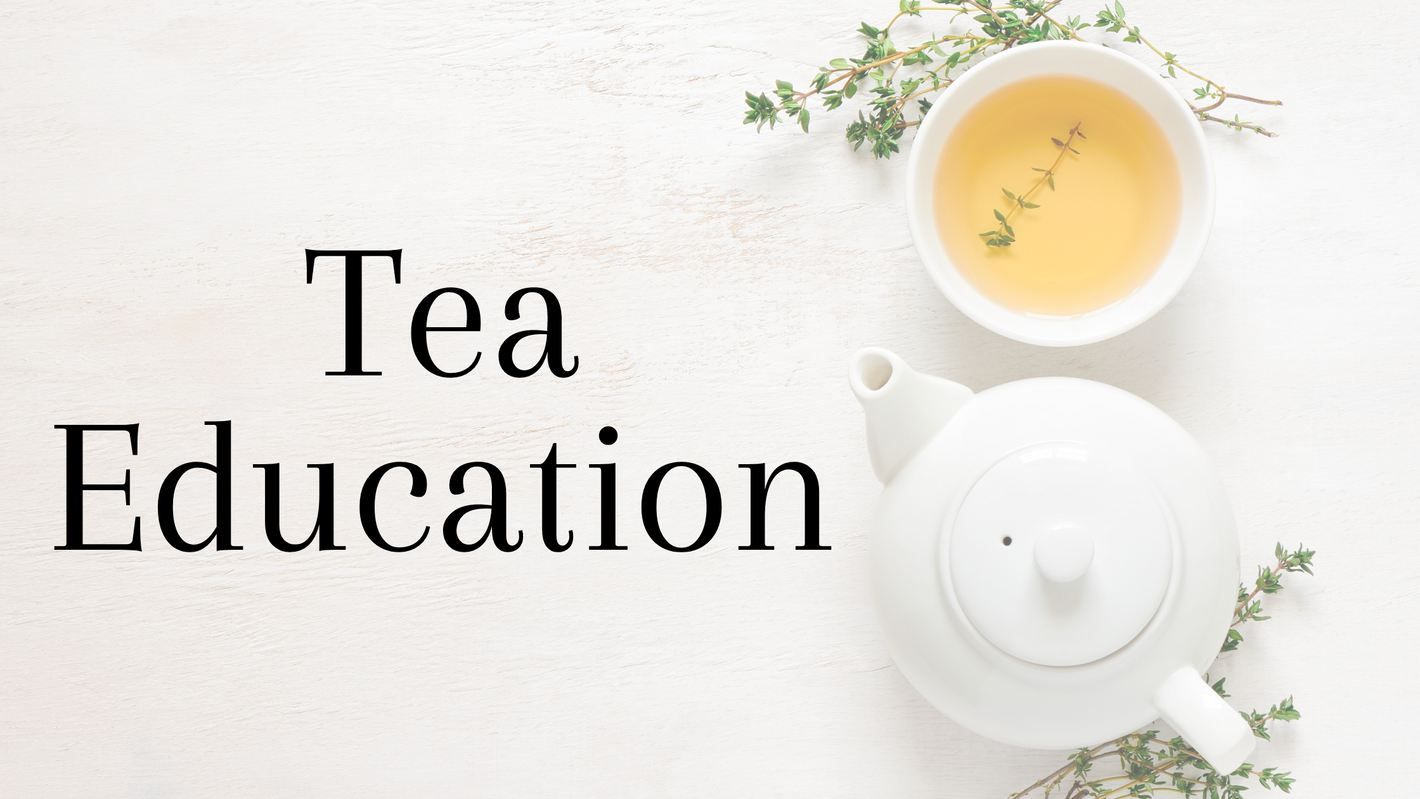
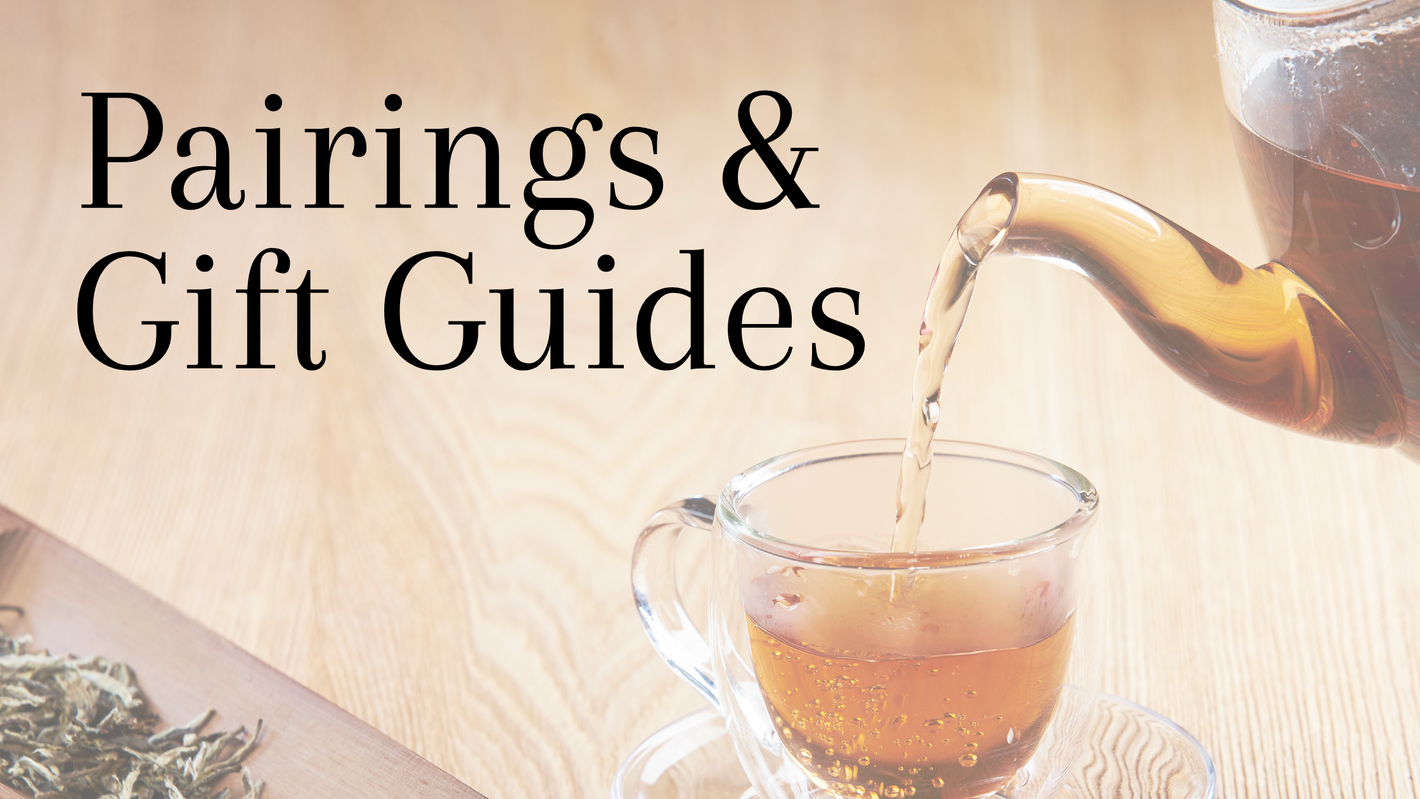
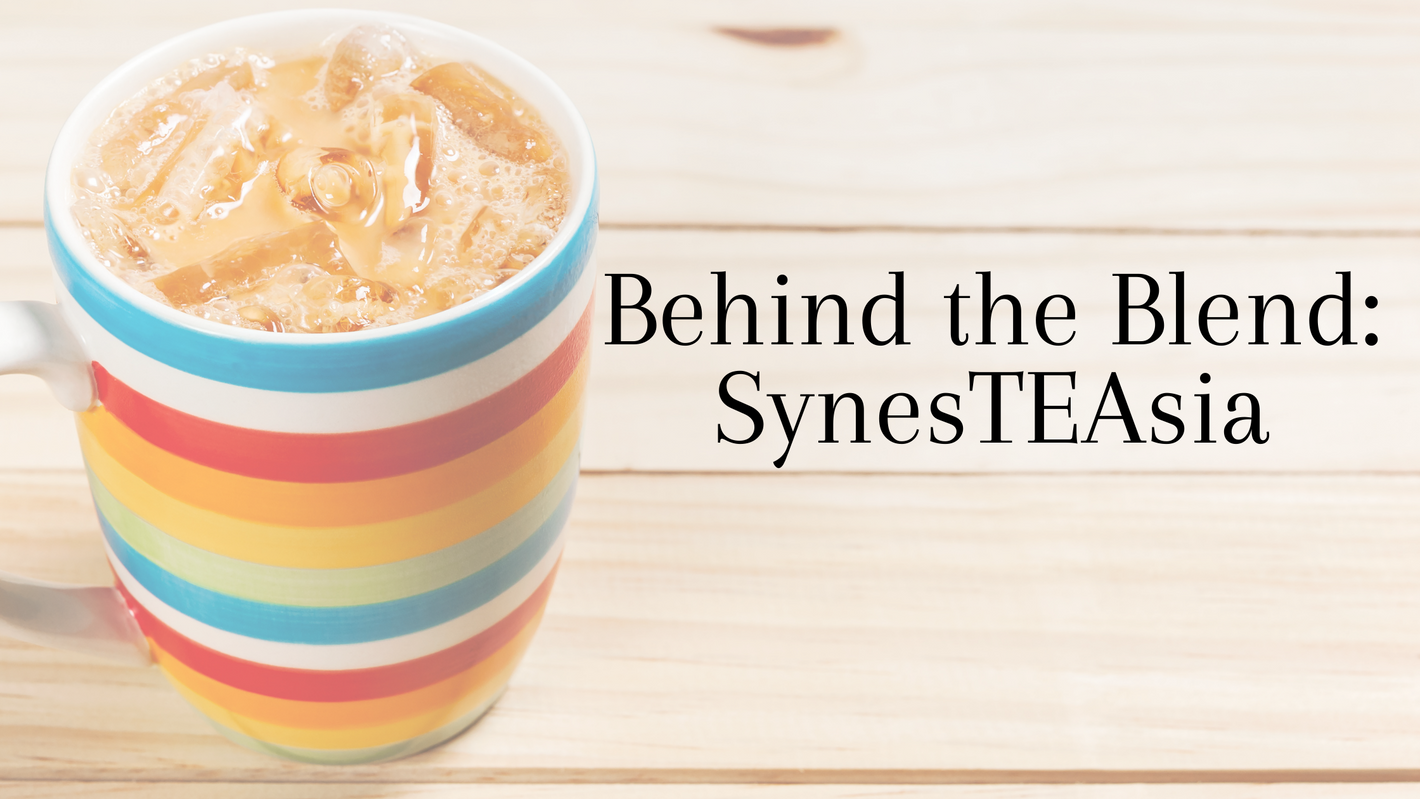
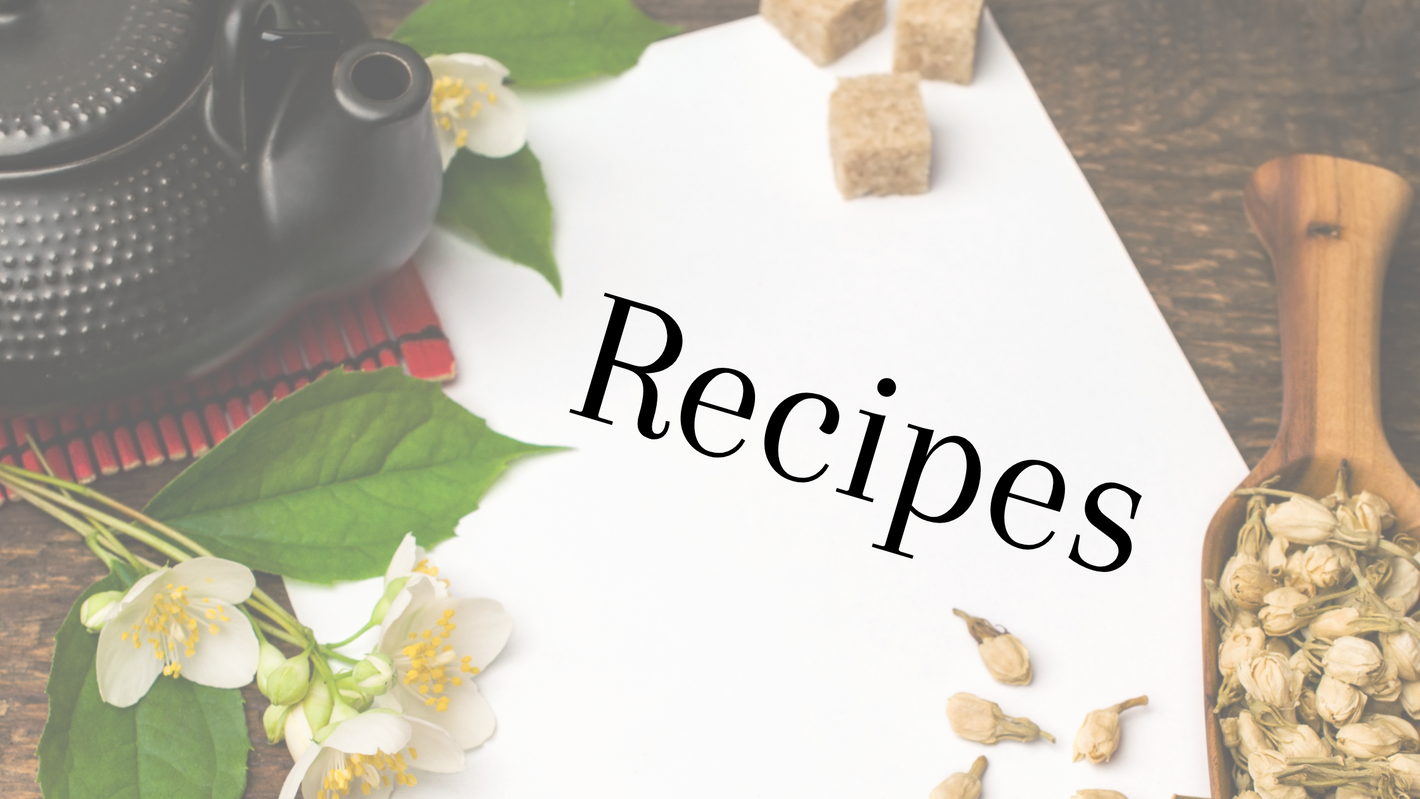
2 comments
This is an excellent introduction to the world of tea! I’ve been a tea drinker for a long time, but I never took time to understand all the different types. Now I feel like I have a good base of knowledge, from which to explore further. Thank you!
Your combination of information and wit makes great reading. You have another fan. TLC